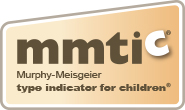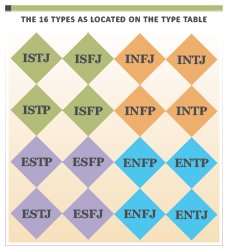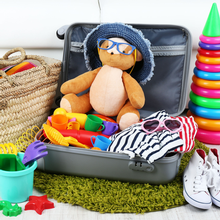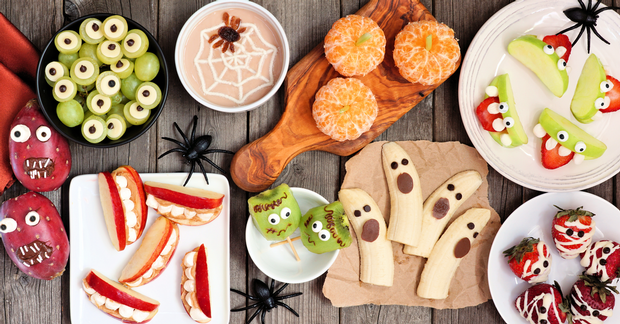"To Go" Mat: Type Tip #26
If you have a child with ESP (Extraversion, Sensing, Perceiving) preferences you may appreciate using a "To Go" mat. This type is energized by what is happening in the moment and can get so distracted by current events that they forget something you just gave them to hold such as a water bottle for the soccer game. Buy a carpet sample or a mat. Designate it as the "To Go" mat. When the child has something that will need to go with them in the car (e.g., book bag, water bottle, coat, homework) they take it immediately to the "To Go" mat and place it there. When they are ready to go to the car they stop and pick up the things that are on the "To Go" mat. It works much better than saying repeatedly, "I just gave it to you. Where did you put it?"



_thumb.png)












_thumb.png)

